Silk, as one of the most expensive fabrics in the world like cashmere. It often appears in major fashion shows and is loved by fashion brands.
But when shopping for a dress, a scarf, a bed quilt set, and compare the price of silk with the price of other fabrics like pure cotton, people cannot fail to notice to notice that silk is much more expensive. As a natural fabric, why is silk so expensive?
1. The Complexity of Silk Production
Compared with the production process of other natural fabrics, it needs more production process, it requires more manpower, and the output is relatively small.
The production process of silk mainly includes five processes: sericulture, silk reeling, weaving, printing or dyeing, and sewing.
Sericulture
Silkworms must go through three developmental stages: egg, larva, and pupa before they can be used for silk production. Under normal breeding conditions, it takes 20 to 28 days from hatch to spin silk, and another 3 days to form cocoon, and then 1 to 2 days to pupate, the whole process takes about 30 days.
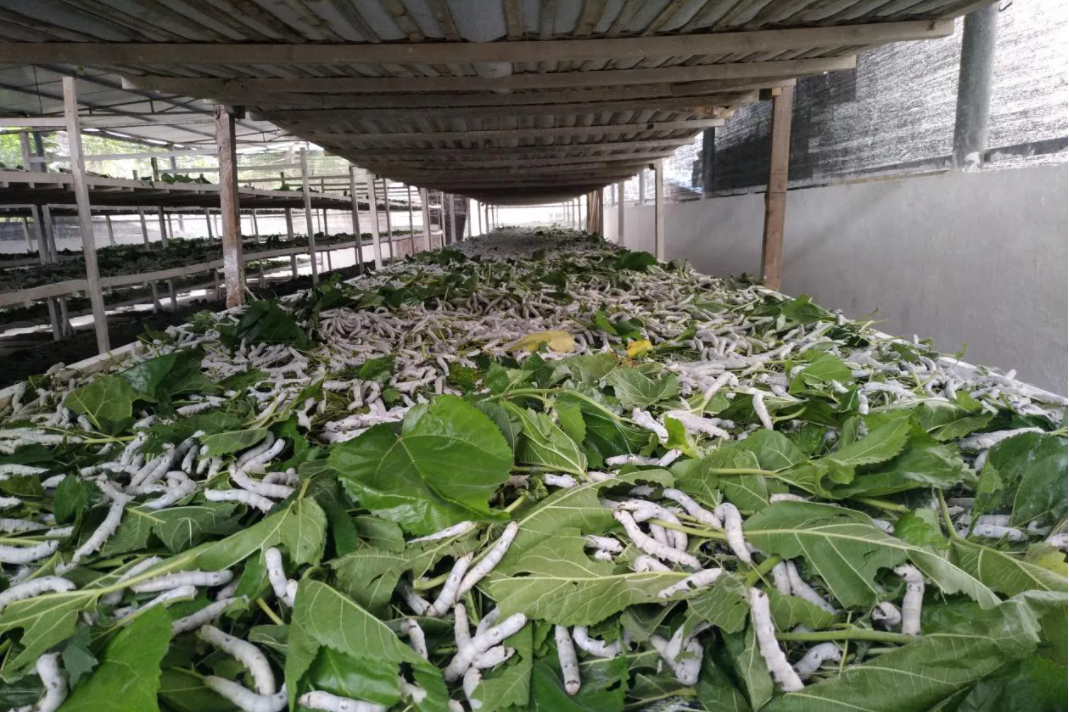
Silk Reeling
Silk is extracted from the cocoons and becomes the raw material for weaving silk. A silkworm cocoon can extract about 1000 meters of silk thread, and several silk threads are combined into raw silk. The process of extracting silk from silkworm cocoons is generally called silk reeling, and the production process of silk reeling also includes cocoon coat reeling (cocoon coat is a layer of loose silk thread on the periphery of cocoons. This part needs to be removed in advance), select the cocoon (select the cocoon of good quality), cook the cocoon (separate the silk from the silkworm cocoon).
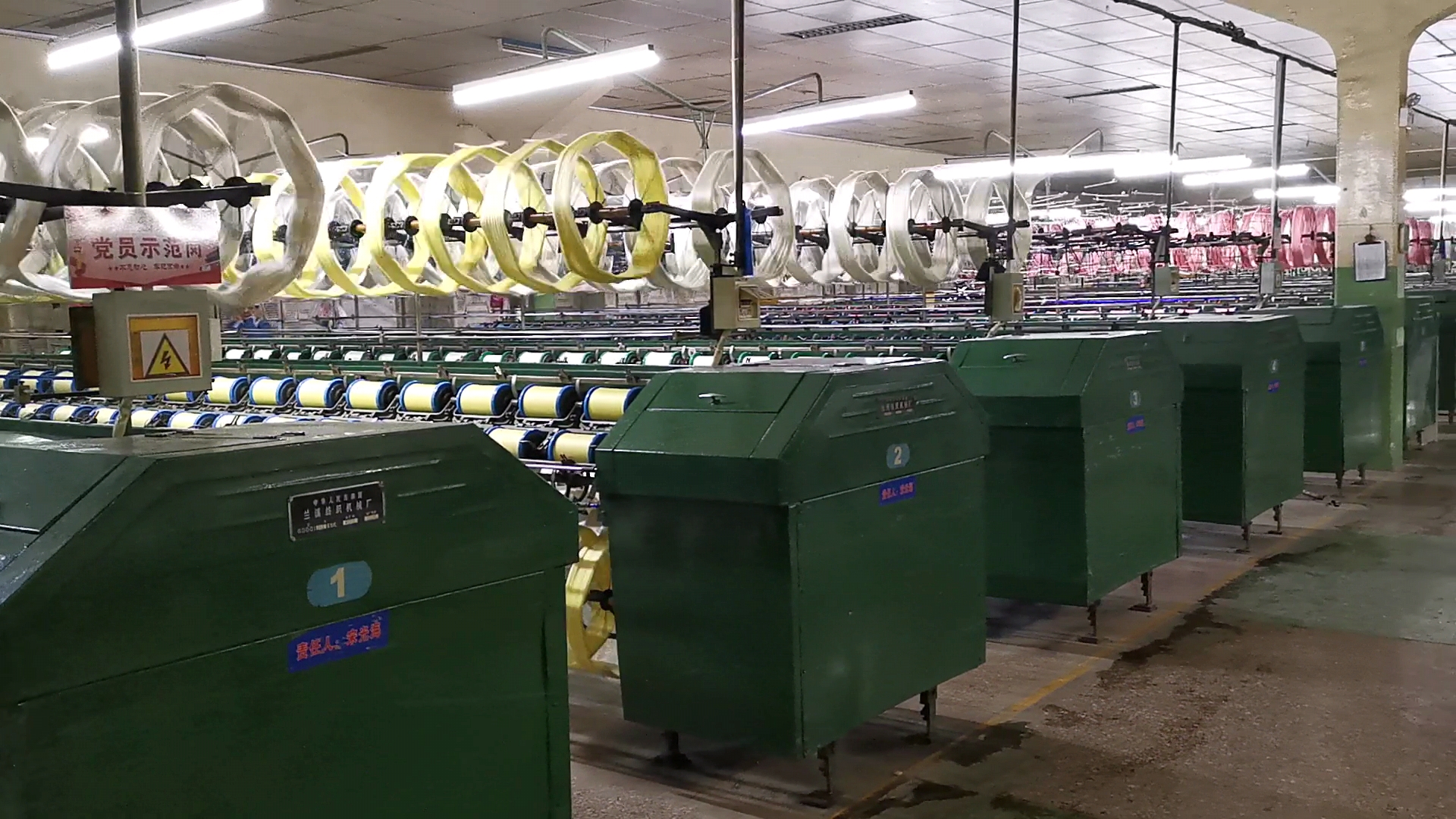
Weaving
After processing, raw silk is divided into warp and weft, and is interwoven according to certain organizational rules to form silk fabric, which is the weaving process. The weaving process also includes winding (rolling up the silk), spinning (combining a single silk thread into multiple strands), twisting (processing the combined strands into threads with the desired twist direction and twist) and etc... In total, about ten processes.
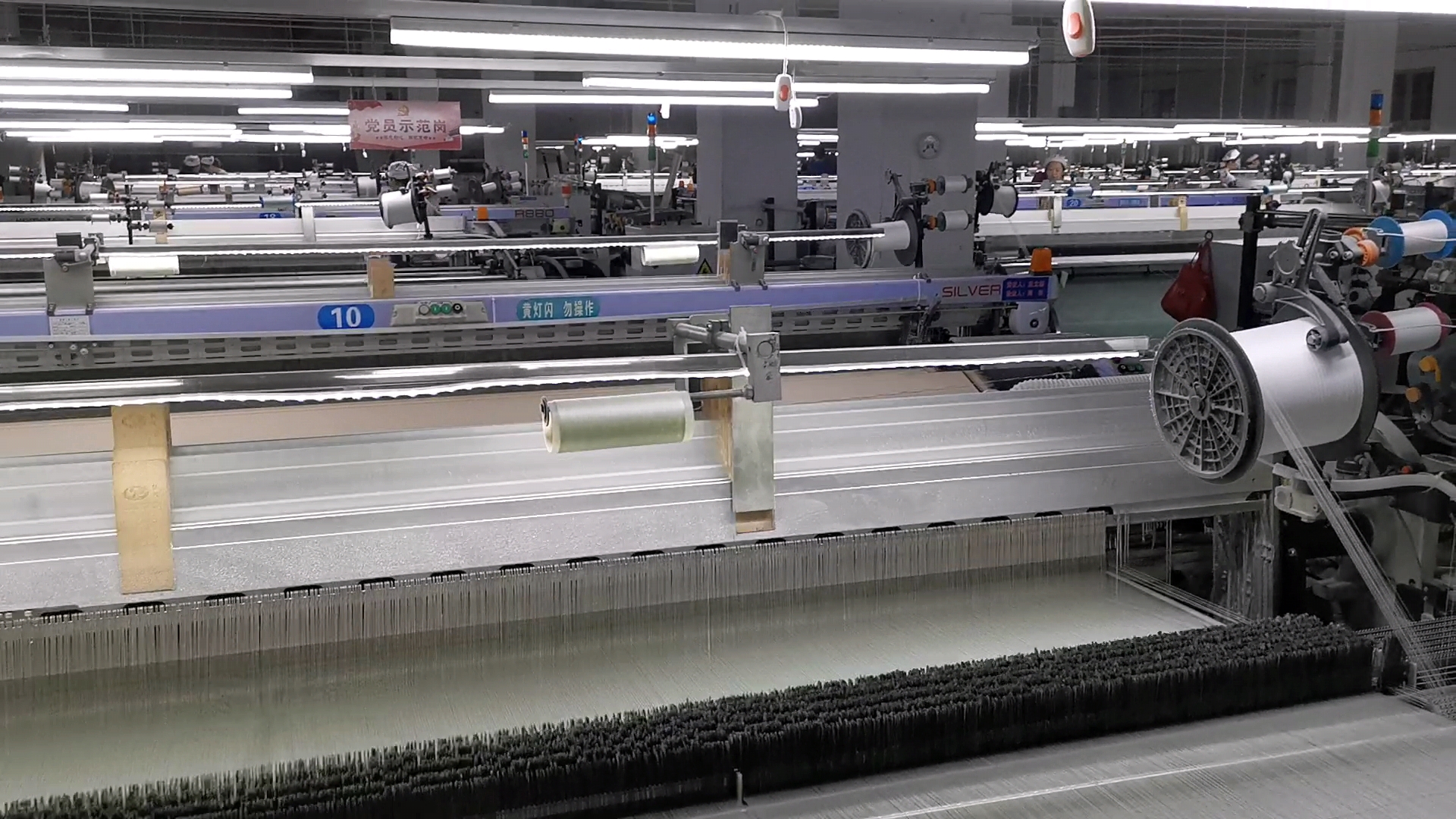
The process mainly includes refining, bleaching, dyeing, printing and finishing of raw silk and fabrics.
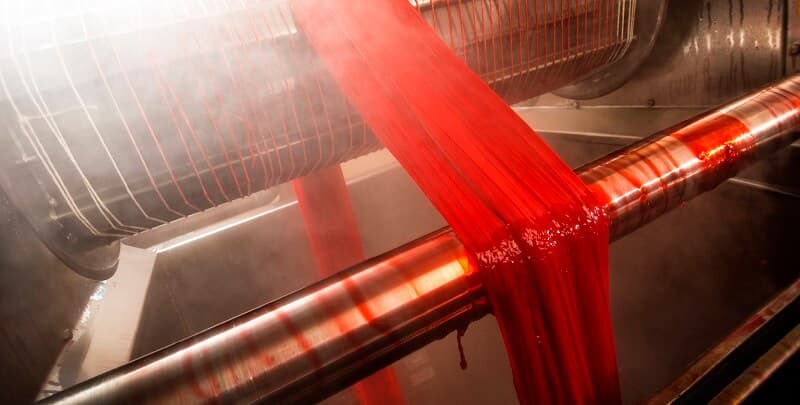
Sewing
If printed or dyed fabrics are to be turned into final silk products such as silk scarves, silk pillowcases, silk pajamas, etc., it also needs to be modeled, cut, sewn, ironed, quality inspected, and packaged.
A silk product, from raising silkworms to silk fabrics, dyeing and printing to cutting and sewing, if you count them carefully, there are no less than 30 processes.
The complexity of these craftsmanship and the hard work of the workers make the price of silk even higher! In addition to silk fabric requires so many complicated processes, there are many processes included (hand-painting, embroidery, etc.) ... The price can be imagined.
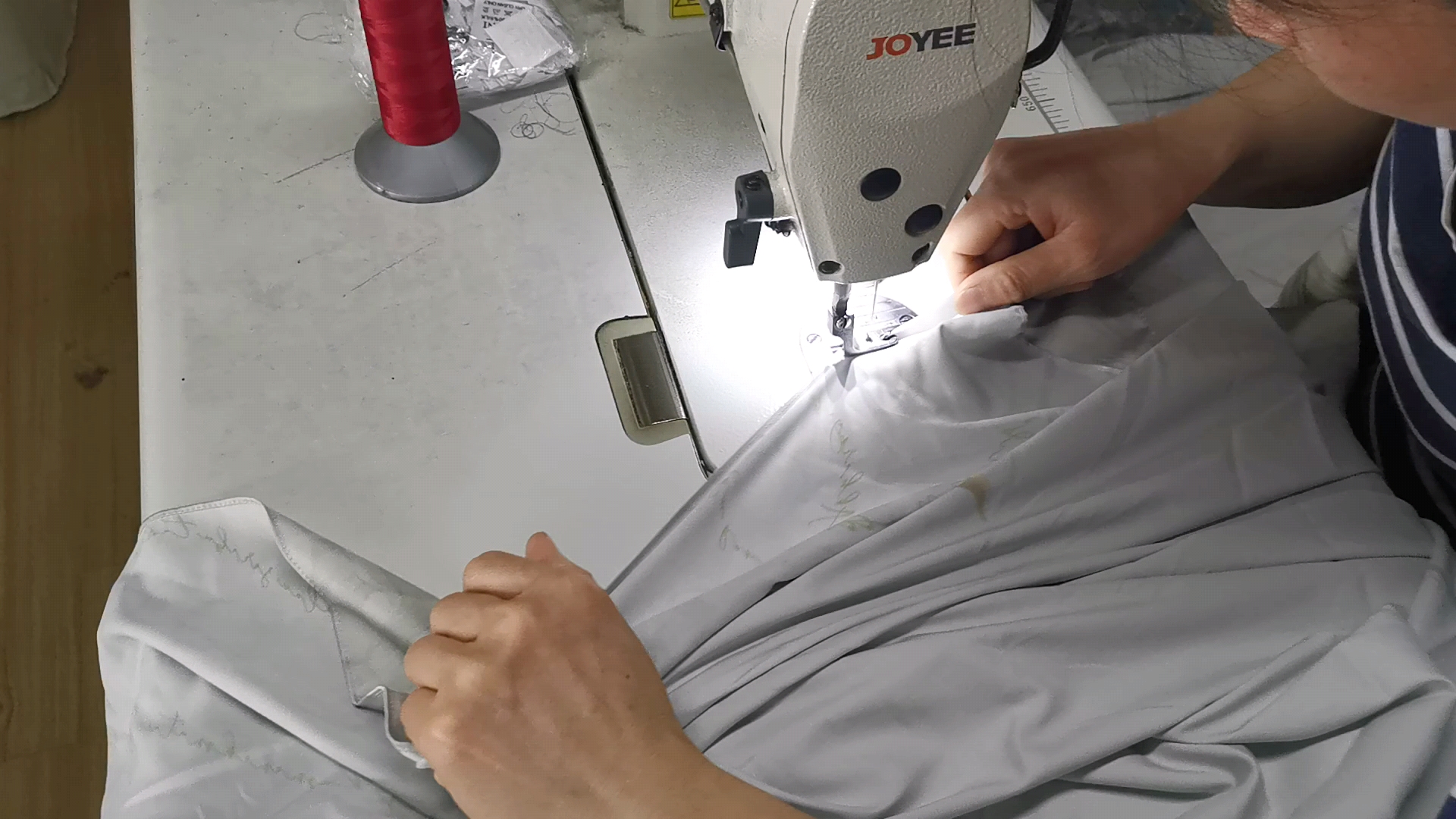
2. The Scarcity of Silk
The most common 20/22D silk produced by silk reeling is a combination of silk drawn from 6-8 cocoons, but the combined thickness is only close to our hair. Use more intuitive data to reflect the preciousness of silk, like making a silk dress, which need (70g/m2) crepe de chine 3.9 square meters, 364 grams of raw silk, 3000 grams of cocoons, 1500 silkworms, and 1800 silkworm eggs. A silk blouse requires (67 grams/m2) 1.7 square meters of silk habotai, 152 grams of raw silk, 1200 grams of silkworm cocoons, 600 silkworms, and 750 silkworm eggs. To make a silk headscarf, (63g/m2) 0.66 square meters of twill silk, 56 grams of raw silk, 460 grams of silkworm cocoons, 240 silkworms, and 290 silkworm eggs are needed.

So, we return to the initial question. Why is mulberry silk so expensive?
Well as you can see, producing the silk requires time, labor and it cannot be massively produced.





 English
English German
German French
French Russian
Russian Spanish
Spanish Japanese
Japanese Korean
Korean Portuguese
Portuguese Ukrainian
Ukrainian Arabic
Arabic Italian
Italian











Leave A Comment